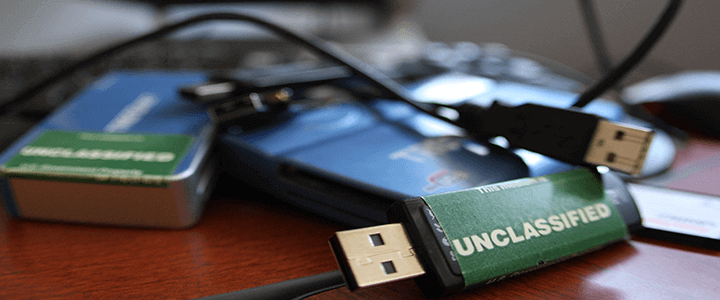With all of the talk of the White House role in the security clearance process, the Defense Security Service (DSS) and National Background Investigations Bureau (NBIB) roles in carrying out investigations and adjudications for the majority of applicants, it’s easy to forget that the Office of the Director of National Intelligence (ODNI) continues to have a critical policy role in personnel security.
As some have learned over the course of this week, the President has authority born out of Supreme Court precedent to manage and oversee the security clearance process. That means personnel security policy is created via Executive Orders. Nearly every president has made some update or change to the security clearance process through EO. This may include updating the adjudicative criteria, or it may be establishing new offices, or creating new executive agents to oversee various aspects of the clearance process.
EO 13467 was signed into law by then-President Obama, and among its various mandates was the establishment of ODNI as the Security Executive Agent (SecEA) governing security policies for the Intelligence Community, in particularly, but across the entire federal government, as well.
Based on ODNI’s authority as SecEA, it has released several substantial policies related to the personnel security program. Security Executive Agent Directive (SEAD) 4 was signed in 2016 and established a single adjudicative criteria to be used across government. SEAD 5 updated the policy concerning social media use in the background investigations process. SEAD 6 gave authority for the Continuous Evaluation of cleared employees, which has now been implemented across more than 1/3 of security clearance holders and will quickly be ramped up to the entire workforce.
SEAD 7 and SEAD 8 are still in review, and mean even more changes for the personnel security program. SEAD 7 addresses reciprocity – a topic of security clearance reform which has been in the news for more than a decade and continues to be a barrier for individuals getting to work in national security careers.
Temporary Security Clearances?
SEAD 8 represents what could be a critical change in today’s time of record-high clearance processing times – it establishes requirements for temporary interim security clearance eligibility. At the recent meeting of the National Industrial Security Program Policy Advisory Committee (NISPPAC), ODNI noted it is currently reviewing SEAD 7 and SEAD 8, but it has not yet provided either directive to industry for a chance to review. That means the policy is still making the rounds through government offices as it moves its way toward implementation – which could be a matter of months, but in government timing is more likely to be years away from implementation.
It’s unclear what the temporary security clearance would entail, but it stands in contrast to interim security clearances today, which are designed to provide eligibility more quickly but which still require the time and effort of a fully adjudicated security clearance determination. Temporary interim eligibility would offer government and industry the opportunity to bring an essential voice of expertise to a classified issue without conferring ongoing eligibility or access.
The desire for some kind of temporary access is a direct result of the quickly changing pace of technology, and something the Department of Defense’s Silicon Valley office, the Defense Innovation Unit Experimental (DIUx), recently addressed at the Code for American summit. Federal Computer Week reported:
“To deal with the molasses-slow security clearance process for new contractors, DIUx used a little-known provision of the existing regulations that allow for a “24-hour clearance,” under which somebody can gain relatively rapid approval for short-term access to attend an activity that deals with classified material but doesn’t allow the person to have a full clearance or persistent access. – a good way to get commercial folks quickly involved in classified DOD areas on a one-off basis to ensure they have context on the problem.”
Despite multiple requests for comment from the DIUx public affairs office, ClearanceJobs was unable to uncover what ‘little known provision’ DIUx is using to confer temporary security clearances. A battlefield provision allows military commanders the chance to ‘read in’ individuals with need-to-know, but it would be difficult to imaging DIUx successfully implementing that provision from the tough battlefields of Silicon Valley, Austin and Boston. But the remarks highlight both the demand and necessity of allowing select individuals with the right backgrounds and credentials the opportunity to advise and assist the government – without having to wait two years to do so.
With an average of 35 days for an interim security clearance determination and 543 days for DoD/Industry security clearances, the push for temporary interim eligibility could be both a major cost and time savings for the federal government. Let’s hope SEADs 7 and 8 are closer to months vs. years away from implementation.




